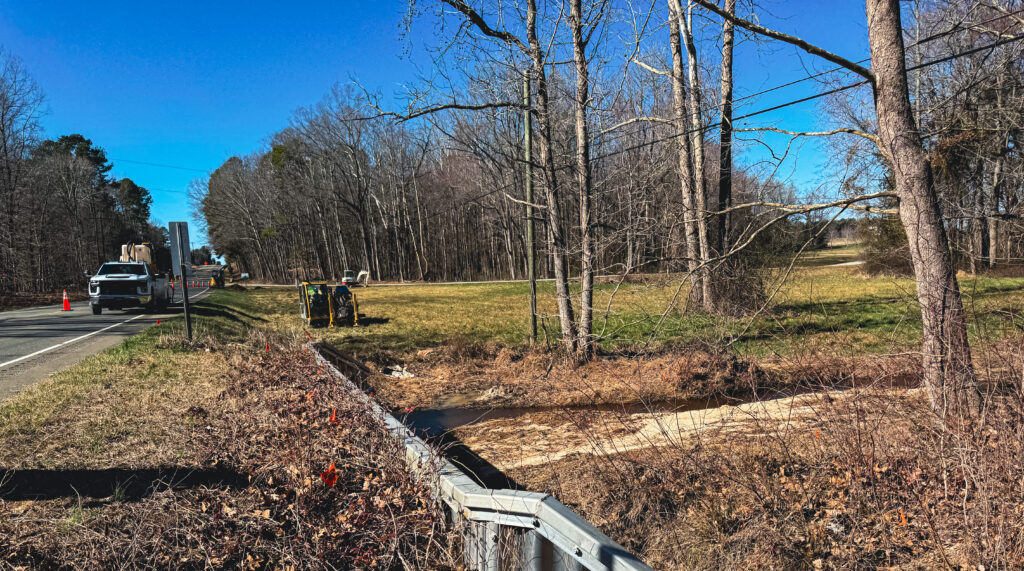Services

Horizontal Directional Drilling – HDD
Summit Underground had made the decision early on to only purchase newer equipment, with the latest technology. This decision was easy, it allows us to have less down time for maintenance and breakdowns, and more time on site, ultimately meeting our deadlines for our customers. With an ever-growing equipment list, we have directional drills ranging from 20,000lb pullback to 40,000lb pullback. All of our crews are outfitted for any kind of soil they may come across, sand, clay, loam, dirt, cobble, shale, granite, you name it, we can drill it.
Trenching
Every underground crew working for Summit Underground is thoroughly trained on their excavators before they’re sent out to work full swing. Our crews are continually trained on safe digging practices, including trenching around utilities, sloping and shoring, new build, over lay, manhole and basin work.
Plowing
From home service installation to rural broadband infrastructure, Summit can adapt, expand and execute your project needs.
Nano & Micro Trenching
Operations leadership of Summit Underground has years of experience working in high density, overly crowed business districts where the only way to get a new product in the ground is through nano or micro trenching.
Special Crossings
Interstates, expressways, rivers, streams, creeks, lakes, ponds, railroads or whatever you may have, Summit likely has done it before. With experienced crews, experienced management, and hand’s on ownership of the project we can tackle your needs.
Construction & Project Management
We understand more than most that a large project, that needs multiple vendors, with multiple specialty contractors can be overwhelming. With Summits distinct ability to scale and rise to the occasion – we can handle your project for you. We offer direct Construction and Project Management, and/or Consultation for utility providers to take the stress off.
